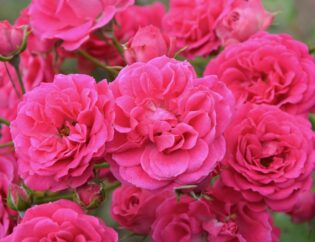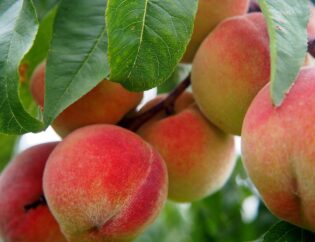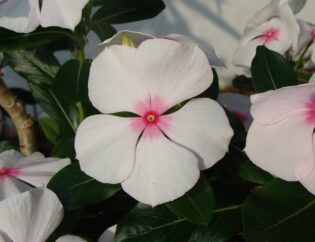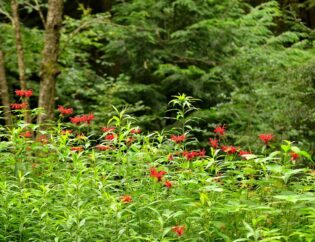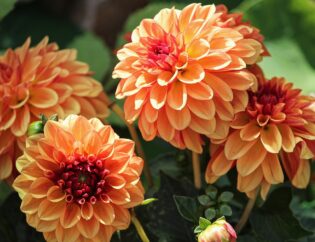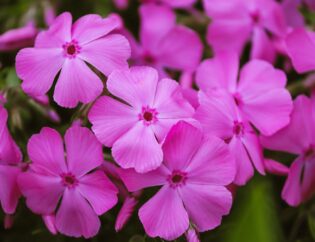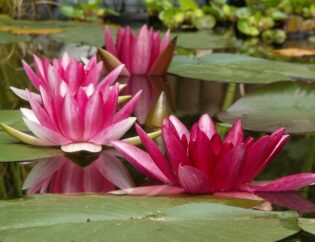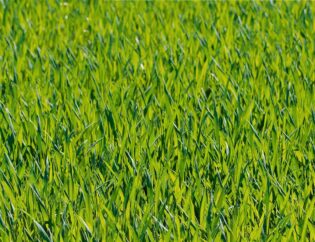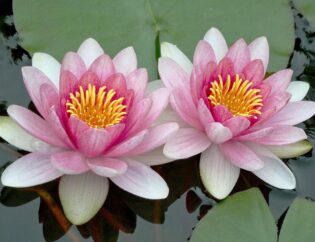
When a yard looks too cookie cutter or like something is missing, a landscape berm can be a great solution. They’ve been growing in popularity and can be installed for both practical and aesthetic reasons. Read on for everything you need to know about landscape berms.
What Is a Landscape Berm?
A landscape berm refers to a mound of soil or dirt that rises above grade in a rounded manner. They come in many shapes including circles, ovals, and curving, abstract designs. They are distinguished from raised beds by the lack of squared angles or retaining walls and a more gradual slope.
Why Have a Landscape Berm?
There are so many reasons why a homeowner would add a landscape berm to their yard. Besides adding beauty, landscape berms are great projects for beginners and also add dimension to the yard. Here are some more reasons why a homeowner would have berms:
- Create a privacy screen
- Add visual interest to their landscape design
- Route water and improve drainage
- Add a focal point to the landscape
- Improve soil over poor or rocky soil
- Provide a windbreak
- Block an unattractive view
Where in the Yard Should a Berm Be Placed?
Usually, where a berm is located depends on its purpose. If its primary job is to route water runoff and improve drainage, it should be placed so that the water is collected and channeled to the drainage solution, like a French drain or dry well.
They can also be placed along property lines to form borders. Regardless of where they are, let them appear as natural as possible. Also, ensure that there’s enough space in the yard to accommodate a berm.
How is a Landscape Berm Built?
Here’s how a landscape berm can be built in five easy steps.
- Use a rope or garden hose to try out different layout designs and then use a landscape spray paint to mark the edges.
- Next, dig out the sod if there’s grass in the berm placement area. Don’t stress about having things perfectly level; it’ll be taken care of when the fill dirt is applied.
- Decide on berm height before continuing. Note where the top of the berm should be and whether the berm will have a gradual or steep slope.
- Add fill dirt to the desired height with an attractive slope. Leave it more shallow towards the edges to leave room for clay and topsoil.
- Then, add a clay layer. Although it’s not a must to add clay soil, it can help stabilize the structure.
- Add a layer of topsoil and water thoroughly.
- Mulch for a tidy and natural look.
- Finally, add plants like evergreens, groundcovers, and small plants like annuals to make a border.
How Can a Landscape Berm Help with Drainage?
One of the reasons homeowners add landscape berms to their backyard is to improve drainage. A flow of water usually breaks at the point where it reaches a berm. The landscape berm then diverts it around to prevent any water build-up and slows down the flow of the runoff.
What are the Best Plants for Landscape Berms?
A plain berm is just a dirt mound without some plant life. Besides trees, homeowners can add ornamental shrubs like butterfly bush, small shrubs like compact hydrangea, perennial flowers, and native grasses to add beauty to their garden. Berms are a great place to create miniature, themed areas without committing the entire yard.
Consider Perspective When Planting
Just like planting any garden bed, landscape berm planning includes positioning plants carefully. Taller plants go to either the back of the berm for a berm viewed from one direction, or towards the center for berms viewed from all around. Shorter plants are placed towards the front.
Beyond managing heights, the goal is layers of color and texture in the design. Ideally, all plants are visible, and none are overgrown or blocked by neighboring plants. Color inspiration is easy to find in example gardens or from color combinations using the color wheel.
Adding Décor to a Berm
It can be difficult to find just the right spot for a hummingbird feeder, bird bath, or hanging basket out in the yard. Berms are a wonderful place to put them! Use shepherd’s hooks to suspend feeders and baskets or level sections of the berm for stand-alone pieces.
Feeders without places to hide and perch will dissuade shy birds. To make the feeder more appealing, plant dense greenery to encourage bird activity.
Got Other Plans This Weekend?
Atlanta Turf & Tree is happy to assist, and our landscaping services experts are here to help. We are a Georgia-based company specializing in lawn care and landscaping tailored to the unique opportunities and challenges of the greater Atlanta area. We have over 35 years of combined experience in the industry, and we combine that expertise with a deep appreciation for landscaping as art.
